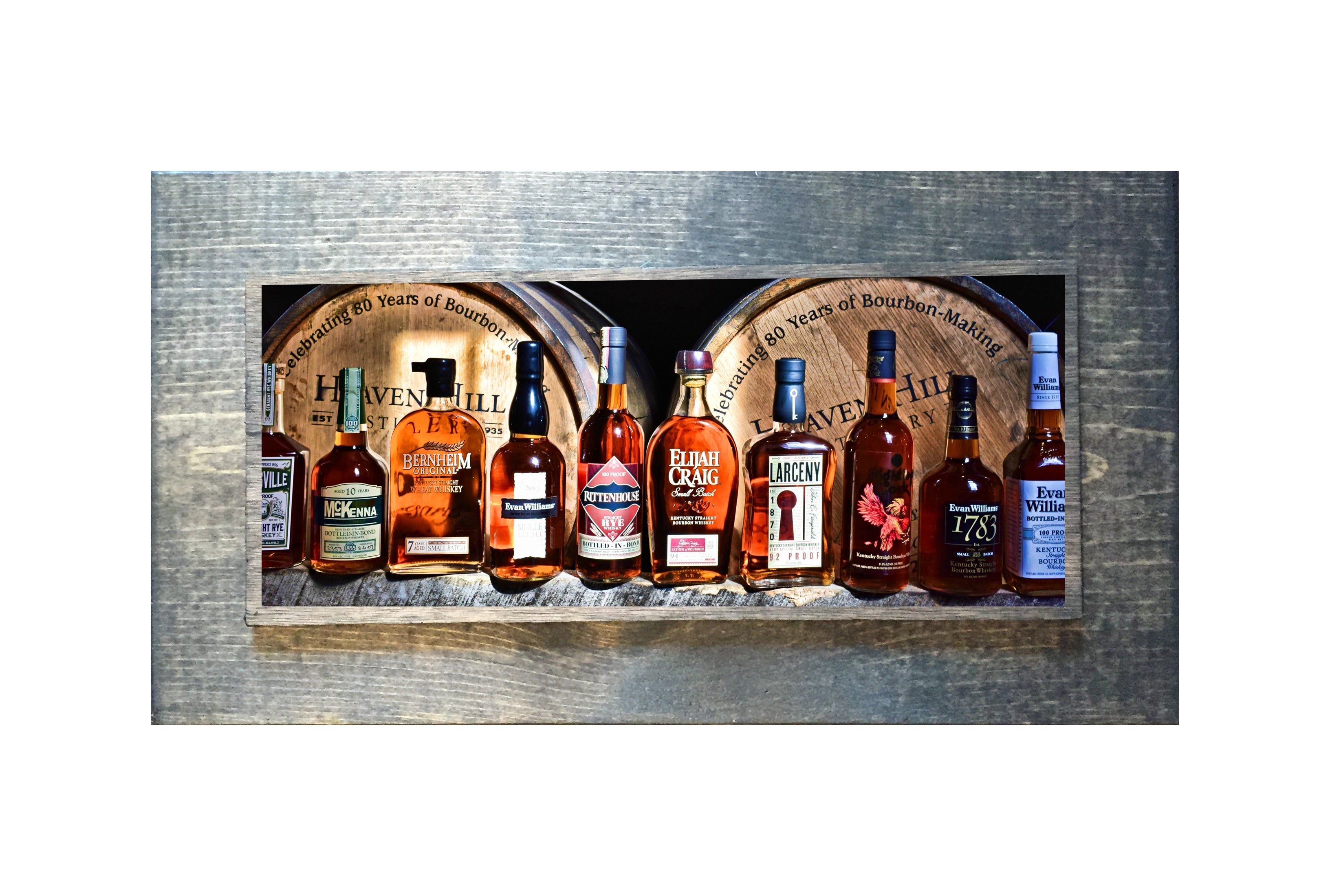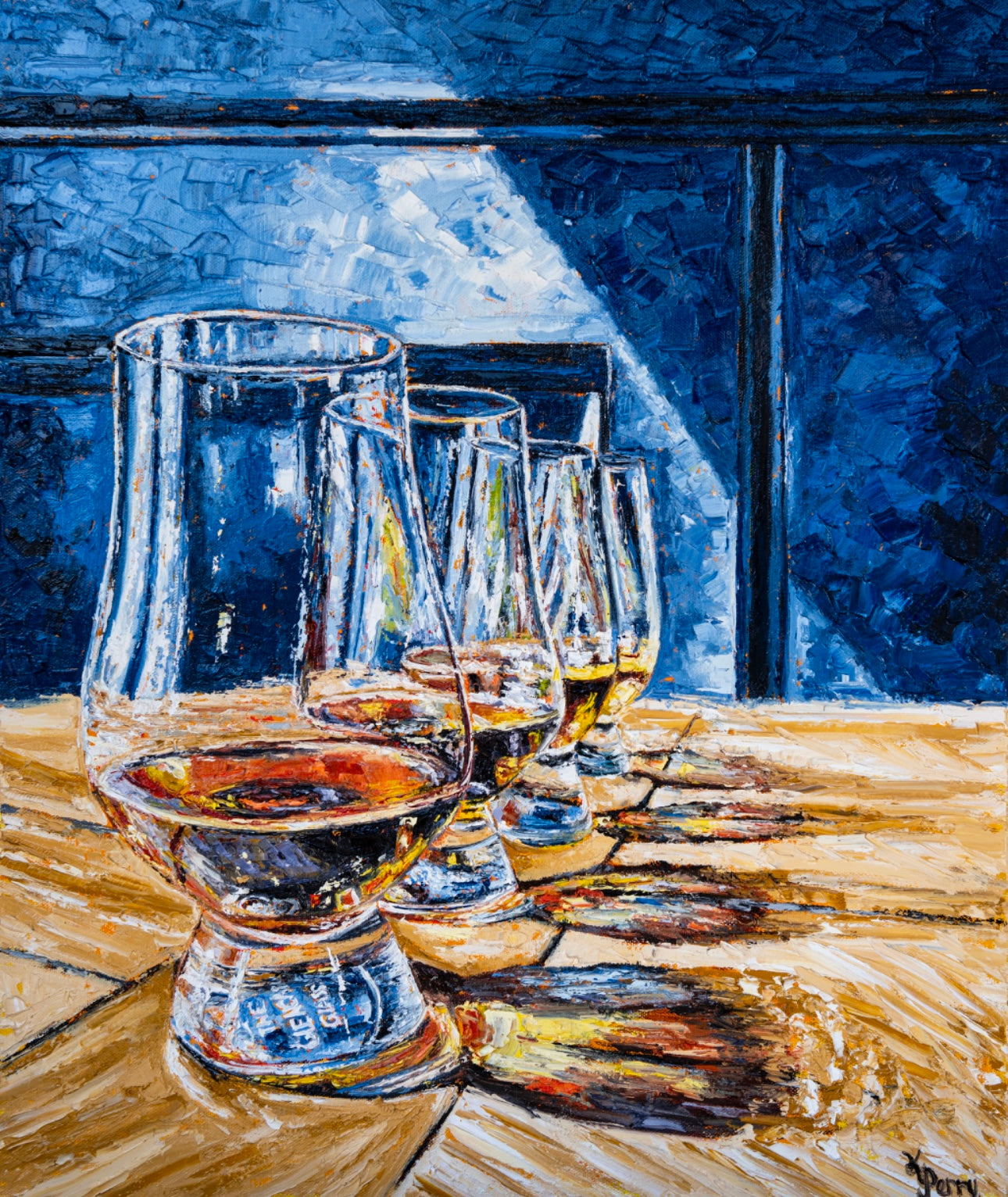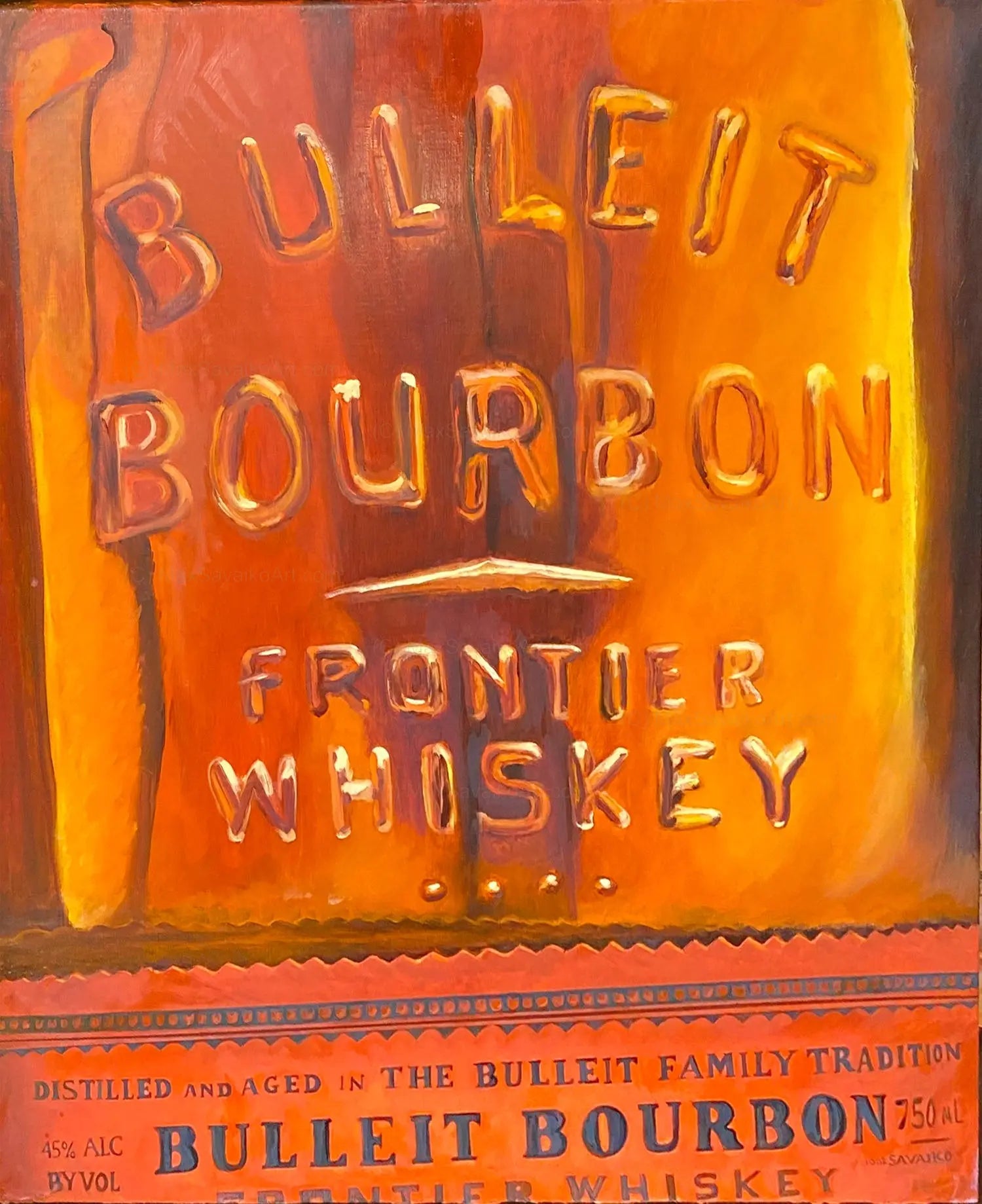The Appeal of Realism Art: A Deep Dive into Whiskey's Rich Heritage
The Appeal of Realism Art: A Deep Dive into Whiskey's Rich Heritage
Blog Article
The Significance of Whiskey Art in Celebrating Heritage and Workmanship in the Beverage Industry
The complex relationship in between scotch art and the party of heritage and workmanship within the drink industry can not be overemphasized. Through attentively made tags and containers, bourbon brands envelop their historic roots and the artisanal skills that define their manufacturing approaches. This artistic dimension not only boosts market charm however also works as a channel for cultural narration, cultivating a much deeper connection in between the customer and the craft. As we explore the different facets of this topic, appealing questions about the effect of contemporary fads on conventional techniques develop, triggering more exam.
The Historic Origins of Whiskey
At the heart of whiskey's allure lies a rich tapestry of historic origins that map back to old people. The beginnings of bourbon can be linked to the purification methods of the Sumerians and Babylonians around 2000 BCE, where early types of fermented grain drinks began to emerge. It was in the Middle Ages that the art of purification advanced substantially, particularly in Ireland and Scotland, leading to the creation of bourbon as we recognize it today.
The term "bourbon" itself stems from the Gaelic word "uisce beatha," meaning "water of life." This phrase highlights the cultural significance of whiskey in Celtic cultures, where it was usually connected with routines, events, and communal bonding. By the 15th century, purification came to be a recognized craft within reclusive areas, leading the means for the establishment of legal distilleries.
As trade courses broadened, whiskey's popularity expanded, going beyond local borders and capturing the interest of lovers worldwide. Limited Edition. This historical journey shows not only the workmanship behind scotch production but additionally its indispensable role in social and cultural contexts, noting it as a considerable beverage throughout history
Artistic Expression in Branding
Scotch branding stands as a compelling intersection of creativity and commerce, where aesthetic identity plays an important function fit customer perception. The appearances of bourbon labels, packaging, and advertising and marketing materials reflect not only the brand name's story but also its core values and heritage. Via creative expression, distilleries convey a narrative that reverberates with customers, evoking feelings and stimulating connections.
Making use of shade, typography, and images in branding serves to differentiate products in a saturated market. For example, typical themes may evoke a sense of authenticity and workmanship, while modern-day designs can symbolize technology and forward-thinking. This tactical imaginative direction boosts brand name recognition and commitment, allowing consumers to forge a personal relationship with the whiskey they pick.
In addition, imaginative expression in branding often acts as a party of regional heritage. Distilleries frequently incorporate regional icons or historical referrals into their designs, producing a local color that invites customers to participate in a broader social experience. Eventually, the virtuosity behind whiskey branding not only improves visual allure but likewise enriches the total narrative of the brand name, promoting a much deeper admiration for the workmanship and heritage embedded in each bottle.
Workmanship in Bottle Layout
The virtuosity obvious in bourbon branding prolongs beyond aesthetic identity to encompass the workmanship included in bottle style. Each container functions as a vessel not simply for the spirit within, yet additionally for the tale it tells concerning its quality, beginning, and tradition. The style process needs precise attention to information, as elements such as form, product, and closure contribute dramatically to the general perception of the whiskey.
Craftsmanship in container design involves selecting top quality glass that can boost the whiskey's color and quality, while additionally providing a responsive experience for the customer. The shape of the container need to be both visually enticing and practical, frequently reflecting the heritage of the brand. Many distilleries opt for distinct forms or printed logo designs that evoke a sense of authenticity and background.
Furthermore, the tag design and typography play a critical duty in communicating the brand's story. Limited Edition. A well-crafted container not only mesmerizes the customer's eye however likewise strengthens the brand's commitment to high quality and custom. In this means, the workmanship of bottle design ends up being an essential element of the whiskey experience, merging virtuosity with a profound regard for heritage
Social Relevance of Whiskey Art
Celebrating custom and workmanship, the social value of whiskey art transcends plain aesthetic appeals, intertwining with the social and historical narratives of the areas where it originates. Each bottle functions as a canvas, showing the one-of-a-kind tales, mythology, and practices that have shaped regional whiskey-making practices. The intricate styles typically show the heritage of the distillers, including symbols and motifs that resonate with the society and values of their areas.

In enhancement, bourbon art plays a crucial role in communal events and events, working as a concrete link in between people and their shared experiences. By valuing the artistry in whiskey packaging, customers grow a deeper understanding and regard for the craft, ultimately enhancing their enjoyment of the drink itself.
Modern Trends in Bourbon Discussion
Over the last few years, the discussion of bourbon has evolved to reflect contemporary preferences and patterns while still recognizing standard craftsmanship - Realism Art. Distilleries are significantly concentrating on aesthetic components that improve the general drinking experience, connecting the gap between heritage and modernity
Ingenious bottle layouts have emerged, often incorporating lasting products and creative labels that inform compelling stories. Numerous brand names currently team up with regional musicians, infusing their items with unique visual expressions that Limited Edition reverberate with customers. Additionally, limited-edition releases are frequently packaged in collectible containers, adding value and charm for aficionados.

Final Thought
In conclusion, whiskey art serves as an essential avenue for revealing the heritage and workmanship fundamental in the drink market. Through elaborate branding, cutting-edge container designs, and culturally significant creative components, scotch brands effectively recognize their practices and attach with customers.


Workmanship in container style involves picking top notch glass that can improve the whiskey's color and clearness, while likewise giving a tactile experience for the consumer. In this method, the craftsmanship of bottle layout becomes a crucial aspect of the scotch experience, merging virtuosity with an extensive regard for heritage.
In conclusion, bourbon art serves as an essential conduit for revealing the heritage and craftsmanship inherent in the beverage market.
Report this page